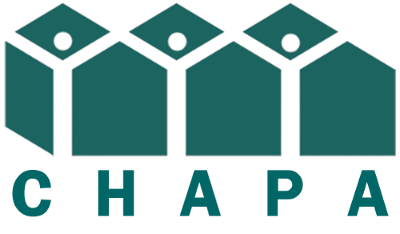It is all too easy when discussing the U.S. economic outlook to forget that it aggregates the economic prospects of thousands of different cities, towns, and villages across the nation. National statistics typically mask this local, and indeed more human, view of the country’s many distinct communities.
It is all too easy when discussing the U.S. economic outlook to forget that it aggregates the economic prospects of thousands of different cities, towns, and villages across the nation. National statistics typically mask this local, and indeed more human, view of the country’s many distinct communities.
The Demand Institute first began investigating developments in the U.S. housing market three years ago. The focus of our latest report, A Tale of 2000 Cities, looks specifically at how those developments are affecting American communities.
This report is the outcome of economic analysis of 2,200 cities, towns, and villages that are home to half the population of the U.S., coupled with in-depth interviews with the heads of 10,000 U.S. households. The findings are relevant for those interested in both the health of the U.S. housing market and the health of the country’s communities, providing fresh insights that will help government and business leaders shape policies, strategies, and investment decisions.
In producing this report, The Demand Institute team has been privileged to work with many experts from government and private-sector organizations who helped us design the research and scrutinize its findings. Among them are professors, CEOs, chief economists, Wall Street analysts, strategists, and other research experts from their organizations.
The Demand Institute is a joint endeavor of The Conference Board and Nielsen, two organizations that have provided leaders with trusted, objective, and independent insights into consumer markets for almost a century.
